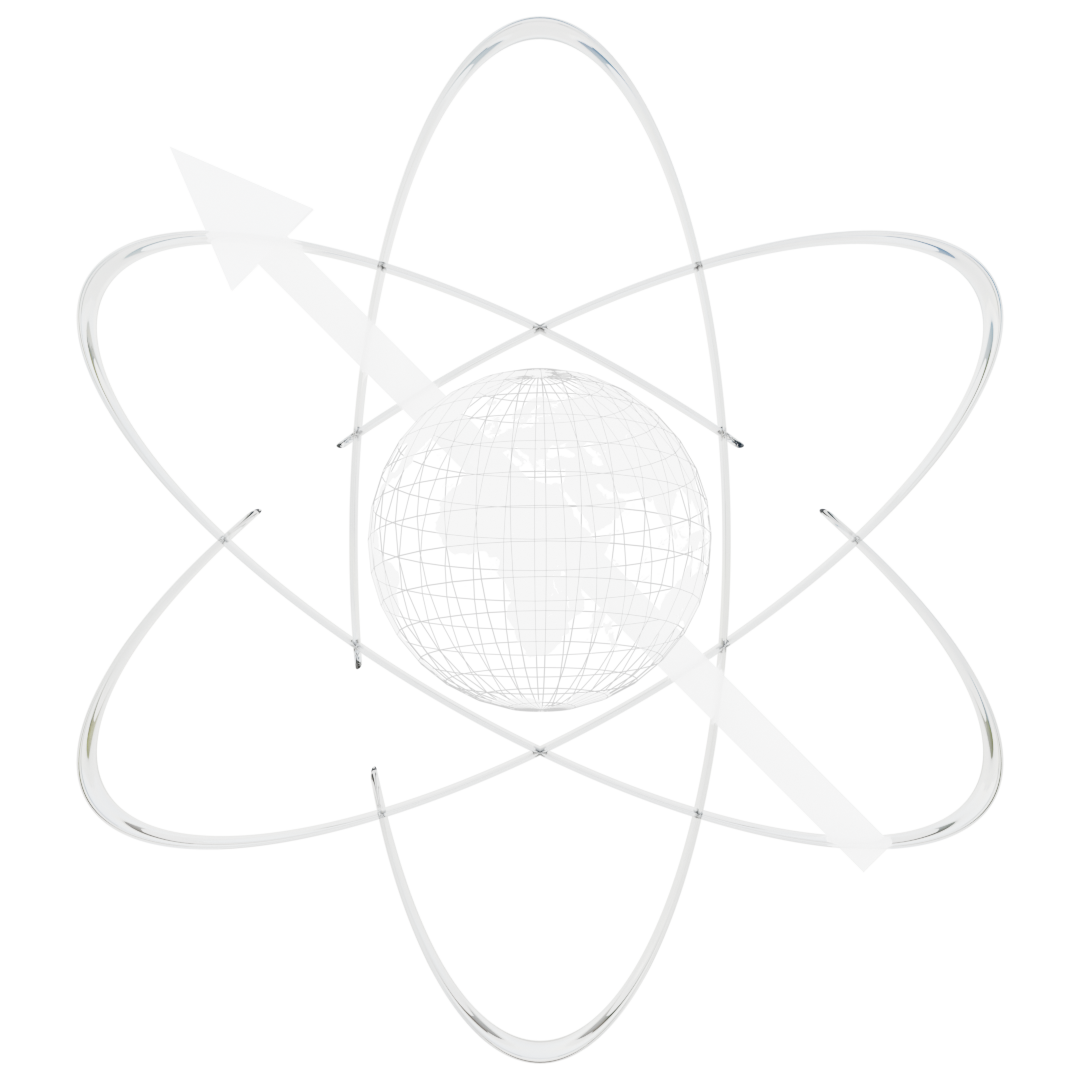Mrudula Nikam – @mrudula_nikam
Proton is a preferred nucleus for detection, due to its higher gyromagnetic ratio. 1H-1H dipolar couplings are very strong due to the same reason. It causes broad peaks and reduced coherence lifetimes, even under very fast MAS frequencies (>60 kHz). A combination of fast MAS and pulsed homonuclear decoupling sequences can extend 1H coherence times to values higher than those possible with only one of these techniques. However, it is unclear if these two techniques can be combined to give an additive effect, especially at these fast MAS frequencies. I will discuss Phase Modulated Lee-Goldburg (PMLG) and TIlted Magic-Echo Sandwich with zero degree sandwich pulse (TIMES0) schemes for 1H-1H homonuclear decoupling which we have used to enhance the coherence lifetimes of protons in a uniformly labelled model peptide using both windowed and non-windowed schemes. We will suggest regimes in which these sequences can be applied to extend 1H coherence times by a factor of 2-3 over MAS alone, making the use of sequences such as INEPT feasible in non-deuterated proteins.

Leave a Reply